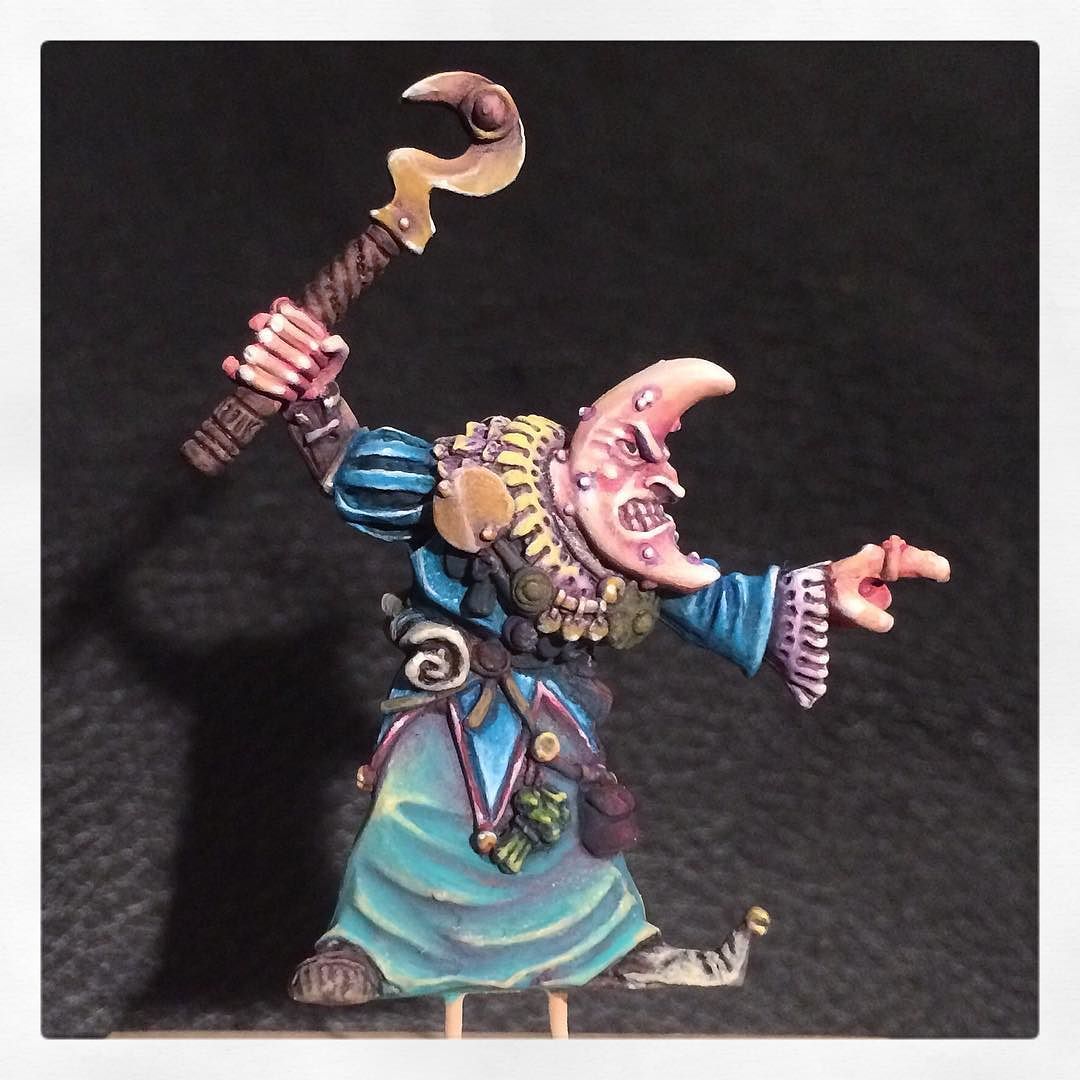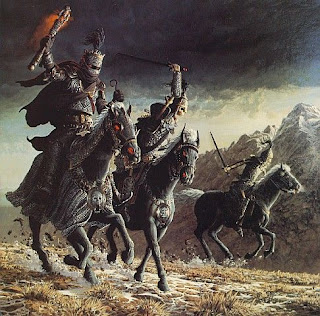In the history of Fantasy Art, Larry Elmore is a giant. His work has been seminal to what Dungeons & Dragons and American Fantasy would be and are still today. He came after Frazetta and Vallejo, but somehow his influence was greater and more long-lasting, and the reason is that he was the most important illustrator at TSR, Inc., the publisher of D&D.
But let’s go by order: Elmore was born August 5th, 1948 in Louiseville, Kentucky, a city in the US Midwest. Always interested in art since childhood, he eventually graduated in Art at Western Kentucky University. More or less at the same time he married and was drafted in the army, and sent to Germany where he stayed most of his two years of service.
In 1973 Elmore was released from the military and found his first job at Fort Knox (not far from home) as an illustrator in the Training Aids Department. This job lasted three years, after which Elmore decided to become a freelancer and draw what he liked. By the end of the 1970s, he was publishing in National Lampoon and Heavy Metal Magazines.
The turning point of his career was D&D: he was introduced to the game by an ex colleague and he got in touch with the guys at TSR. Just at that time, the manager Kevin Blume decided to fire most of the artists after personal disagreements, and so the new Art Director Jim Roslof was hiring: in November 1981 Elmore moved to Lake Geneva, Wisconsin and his first job was to take care of the graphics of the second edition of D&D. If you are old enough to have seen the Red Box, get ready to jump of the Feel Train for a nostalgia trip.
There is no doubt that Elmore’s contribution to the books of D&D was part of its success. A whole generation of roleplayers was imprinted with his visuals. There were warriors in exotic armour, evil magicians in flowing robes, beautiful and slender elves, stocky and big-nosed dwarfs, evil-looking monsters with pointed fangs and colossal dragons.
Especially dragons - red dragons, blue dragons, green dragons and so on. The best part about Elmore's dragons is that they all look different, and certainly this was no easy feat for the painter. To tell it all, it was probably Elmore who created the fantasy dragon as we know it: no longer the traditional snakelike beast with tiny legs from Middle Ages, nor the more lion-like cousin of Baroque art, often graced with tiny feathered wings. The new dragon had a powerful, muscular, massive body covered in scales and talons; great wings; fishlike spikes; reptilian, glowing eyes; and a mouth full of sharp fangs. Thank you, Larry Elmore.
As TSR grew, more artists were hired, whose names probably you have heard before and will be the subject of future posts: Jeff Easley, Clyde Caldwell, Keith Parkinson, Tim Truman. Together they developed the iconic D&D style of the 80s, but somehow Elmore was always on top of them: nobody really incarnated 80s D&D like he did.
Larry Elmore liked to work mainly with oil colours. He didn’t stray from American tradition too much: he painted with real models and this can be clearly seen from any of his works. The level of detail is impressive and there is a strong realism that is only tempered by strange traits of demi-humans and the exotic clothing and armour. Where Elmore differed from his predecessors, was that he also put great attention to the setting: whereas Frazetta and Vallejo were happy with sketchy backgrounds, Elmore was painting traditional oil landscapes complete with old oaks, snowy mountains, forest canopies bathed in the light of warm sunsets, rivers meandering through vast plains, mirroring the light of the sun, and so on. Watching a painting by Elmore made people feel like they were actually there: it was Fantasy, but it was feeling real, and this is ultimately what D&D players were after. Larry Elmore was the right man and the right time.
Elmore worked at TSR between 1981 and 1987: these years were the zenith of his career and all of his most iconic works come from this period. While many have fond memories of SnarfQuest from Dragon Magazine, I think everybody who lived in the 80s and 90s and knows Fantasy remembers his contributions to the Dragonlance saga.
Elmore left TSR in 1987. Since then he worked on several projects, including Magic: the Gathering and the Sovereign Stone project in cooperation with M. Weiss and T. Hickman. He still cooperated occasionally with TSR. Still active today, he is a living legend and a regular guest at many conventions.
You can’t fail to love Larry Elmore’s work if you have been living those years. I do. And yet, there is something I must spit out, for intellectual honesty. What follows may offend you, but that’s it, this is a personal blog and not a commercial page. We don’t need to be nice, we need to be sincere. And there’s a lot I really don’t like about Elmore’s work, and here’s a list of what it is.
First: drawing from models. Everybody always looks like he’s posing, because he is. Most of group paintings look like group pictures, and they probably were in origin.
Lack of dynamism in characters is one thing, a small one. But there is more about drawing from models: it is good when picturing real stuff, but when eventually stray from reality, everybody can immediately feel it. Vallejo suffered from this, too. Humans and elves were okay, Dwarfs not so much, but it is with Orcs and Dragons and monsters that Elmore’s painting becomes sketchy. Detail stays, it’s just realism that goes out of the window in favour of a comic book feel. It’s true, look at it. Only Frazetta escaped from this curse (because he didn’t draw from models).



But that’s overall forgiveable. What really bugs me is something else. It’s the sexy women, often half naked, almost always graced with angelic faces. They, over time, became more and more common. Elmore didn’t invent the sexualization of Fantasy, it had started long before him and was a general trend in 1980s US - just look at comics or cinema. But while this sexualisation was obvious in earlier artists, such as Vallejo and Achilleos with their oily bodies, phallic symbols and girls in pin up poses. Elmore and TSR realized the trend and followed it, but took care to tone it down for young teenagers and their moms. Also, for some reasons, half naked men became more and more rare, but not so with girls.
Eventually, this became the standard in the industry on the western side of the Atlantic and, as I said, a whole generation of fans was raised considering this normality. And that’s why John Blanche and his Amazonia Gothique are great. But that’s the subject of another post.






















































